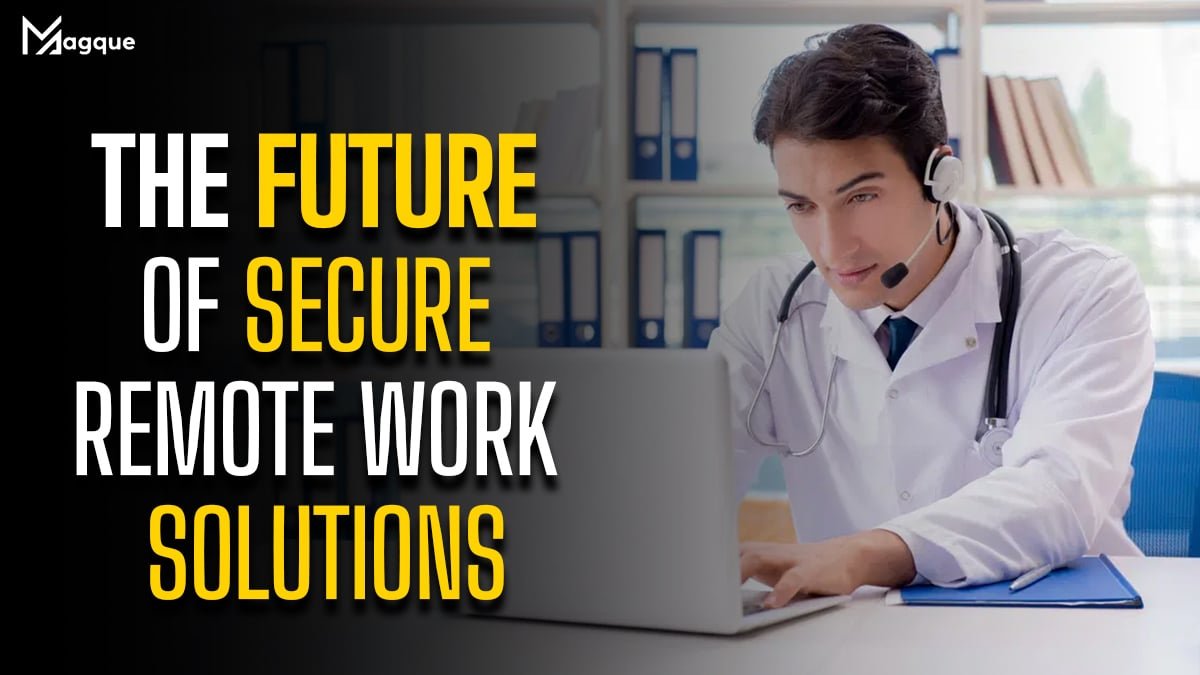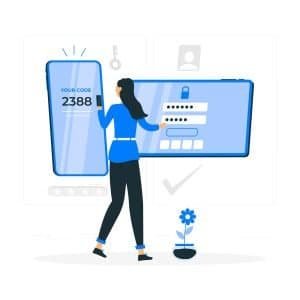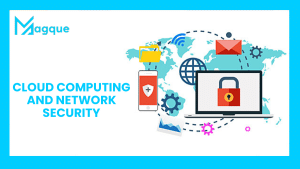In a world where flexibility and adaptability are increasingly valued, secure remote work solutions have become more than just a convenience—they’re a necessity. With the rise of digital transformation and the global shift towards remote work, businesses and individuals seek innovative ways to ensure productivity and security in a distributed work environment.
Embracing the Digital Workspace Revolution
Gone are the days of being tethered to a desk from 9 to 5. Today, remote work offers the freedom to work from anywhere, whether in a cozy coffee shop, a bustling co-working space, or the comfort of your home. But with this newfound freedom comes the challenge of ensuring security in an environment beyond the traditional office perimeter.
The Rise of Cybersecurity Concerns
Cybersecurity has emerged as one of the top concerns for businesses transitioning to remote work. With sensitive data being accessed from various locations and devices, the risk of security breaches is higher than ever. From phishing attacks to malware infiltration, cyber threats are constantly evolving, making organizations need to implement robust security measures to safeguard their data and infrastructure.
Innovations in Remote Work Solutions
Fortunately, technology is keeping pace with the demands of remote work, offering many solutions to address security concerns. Virtual private networks (VPNs) encrypt data transmissions, ensuring secure communication channels, while multi-factor authentication (MFA) protects against unauthorized access. Additionally, secure collaboration tools like encrypted messaging platforms and file-sharing services enable teams to collaborate effectively without compromising security.
The Importance of Remote Access Management
Remote access management is central to any secure remote work strategy. Organizations can minimize the risk of unauthorized access and data breaches by carefully controlling access to corporate networks and resources. Implementing identity and access management (IAM) solutions allows companies to grant and revoke access privileges based on user roles and responsibilities, ensuring that only authorized individuals can access sensitive information.
Looking Ahead: Future Trends in Remote Work Security
As technology continues to evolve, so too will remote work security solutions. From advancements in artificial intelligence (AI) and machine learning to the widespread adoption of zero-trust security frameworks, the future of remote work promises to be even more secure and resilient. By staying ahead of the curve and embracing innovative technologies, businesses can confidently navigate the complexities of remote work.
In conclusion, the future of secure remote work solutions lies in the intersection of technology, innovation, and proactive security measures. By embracing the digital workspace revolution and investing in robust cybersecurity solutions, organizations can empower their remote workforce to thrive in an increasingly interconnected world.
At Magque, we’re committed to helping businesses navigate the challenges of remote work with our comprehensive suite of secure remote work solutions. From VPN services to IAM solutions, we’ve got you covered. Contact us today to learn how we can safeguard your remote workforce and keep your business secure in the digital age.
FAQs
Q1. What are the primary challenges businesses face in implementing secure remote work solutions?
The primary challenges include ensuring data security, maintaining productivity, and fostering effective communication and collaboration among remote teams. Additionally, businesses must navigate issues related to network connectivity, device compatibility, and employee training on remote work tools and security protocols.
Q2. How can businesses balance flexibility and security in remote work environments?
Balancing flexibility and security requires implementing a layered approach to cybersecurity. This includes deploying robust authentication methods, encryption protocols, and access controls while also allowing employees to work from anywhere. It involves striking a delicate equilibrium between enabling remote access to resources and safeguarding sensitive data from unauthorized access or breaches.
Q3. What role does employee training play in ensuring the security of remote work environments?
Employee training is paramount in cultivating a security-conscious culture within organizations. Training programs should educate employees on best practices for safeguarding data, recognizing phishing attempts, and adhering to company security policies. By fostering a solid cybersecurity mindset among employees, businesses can mitigate the risk of human error and enhance the overall security posture of remote work environments.
Q4. How can businesses ensure compliance with regulatory requirements when adopting remote work solutions?
Ensuring compliance with regulatory requirements involves conducting thorough assessments of data privacy laws, industry regulations, and legal obligations applicable to remote work arrangements. Businesses must implement measures to protect sensitive information, such as personal data or financial records, by relevant compliance standards such as GDPR, HIPAA, or PCI DSS. This may entail implementing encryption protocols, data access controls, and regular audits to maintain compliance.
Q5. What are the emerging trends shaping the future of secure remote work solutions?
Emerging trends include:
- The adoption of zero-trust security frameworks.
- The proliferation of cloud-based collaboration platforms.
- Integrating artificial intelligence and machine learning technologies for threat detection and response.
Additionally, businesses are increasingly exploring hybrid work models that combine remote and in-office work to accommodate diverse employee preferences while maintaining security and productivity standards.
Read Also This – The Future of Home Networking













